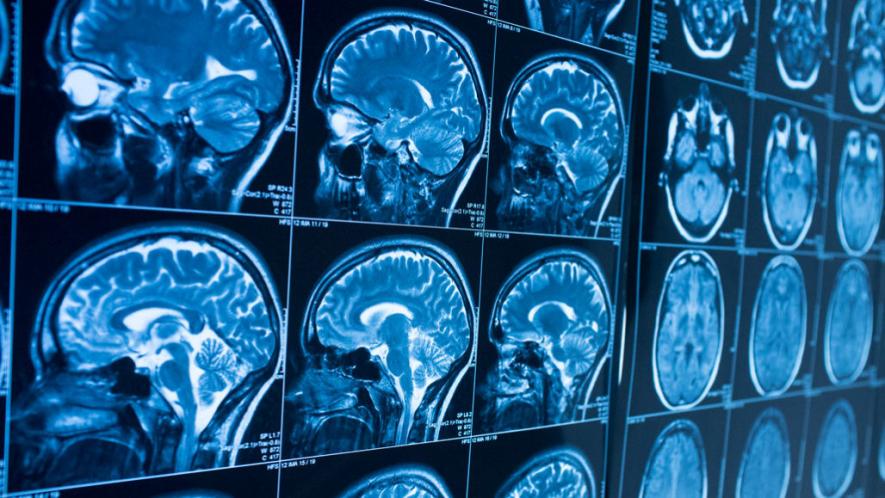Recording From Brain Reveals Interesting Facts About Memory Recollection

Image for representational use only.Image Courtesy : Science News
What exactly happens inside the brain when we memorise and when we recollect those memories has been a never-ending quest, thanks to the complexities of the human brain. In a single cognitive process, various areas of the brain work in unison — and deciphering these united activities has been a challenge thus far for brain scientists. Nevertheless, relentless research has produced many breakthroughs.
A recent study published in Science offers new insight into how a part of the brain known as the hippocampus functions in forming memories and in recollecting these. The research was carried out at the Weizmann Institute of Israel.
The research team could record the rapid bursts of activity that takes place in the hippocampus — known as the hippocampal sharp-wave ripples. These rapid bursts of activity are involved in memory and recollection.
“The ripple is an amazing event in its intensity and timing. It is an orchestrated burst of synchronous activation by about 15% of hippocampal neurons — all firing together within about a tenth of a second. It’s a nerve-cell fireworks display”, explains Rafael Malach, corresponding author of the study.
It’s been known that these ripples emerge during states of sleep and rest, and also in rodents’ spatial navigation. But only recently has it been found that of this huge chunk of neurons’ activity in primates, the hippocampus is also involved in the awake state. However, the role of these ripples in human cognition has been unknown to scientists.
The team recruited epilepsy patients who undergo invasive surgery in their treatment. The patients got electrodes implanted in multiple brain regions to specifically locate the epileptic focus and surgically remove it. The team recruited patients who freely volunteered to participate in the memory experiment.
In the experiment, the researchers gave patients some pictures with rich visual detail and vibrant colours. The pictures were either of the faces of famous people, like Barack Obama, or famous monuments, like Statue of Liberty, Eiffel Tower, Leaning Tower of Pisa, etc. The patients were asked to remember the pictures in as much detail as possible for them. After the picture-viewing task, the patients were exposed to some short and distracting task, and then they were asked to recall the pictures in as much detail as possible while their eyes were covered.
Throughout the experiment the brain activities of the patients were recorded through the electrodes implanted in the hippocampus and other regions in the cerebral cortex.
Correlating the brain activities with verbal reports of the patients revealed many striking features.
First of all, the hippocampal ripple wave was critical in the free recall process. The brain recordings revealed that about a second or two before the patients recalled and started describing the pictures, there was an increase in the ripple rate. Also it was found that the pictures that elicited higher degree of ripples in the viewing stage also elicited higher degree of ripples during the subsequent recall.
During the experiment, brain activity was recorded simultaneously in the hippocampus and in the cerebral cortex. This made the researchers able to demonstrate that ripples in the hippocampus showed synchronization with cortical activity, especially in the visual centers where details of visual information are stored.
Interestingly, the visual centers are also known to have higher specialization in representing specific visual categories. For example, there are certain regions where faces are represented while monuments get represented in other regions in the visual centers. This brain recording revealed also this phenomenon: when patients recalled a face a specific region was more active and when they recalled monuments another region showed higher activity. The hippocampus played the role of the conductor of an orchestra where different cortical regions danced accordingly.
The findings add to our understanding about the functioning of the hippocampus, especially the synchronized activity of a huge number of neurons. The hippocampal ripple wave involves thousands of neurons getting activated synchronously within a very short time window.
Get the latest reports & analysis with people's perspective on Protests, movements & deep analytical videos, discussions of the current affairs in your Telegram app. Subscribe to NewsClick's Telegram channel & get Real-Time updates on stories, as they get published on our website.
























